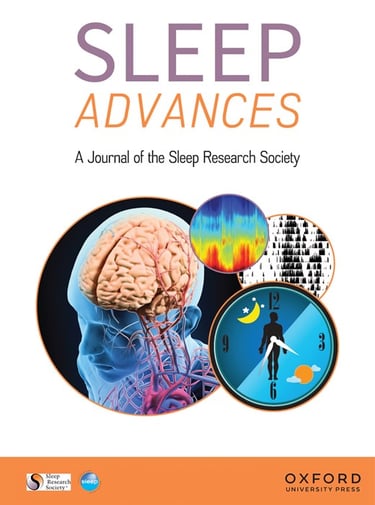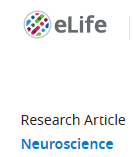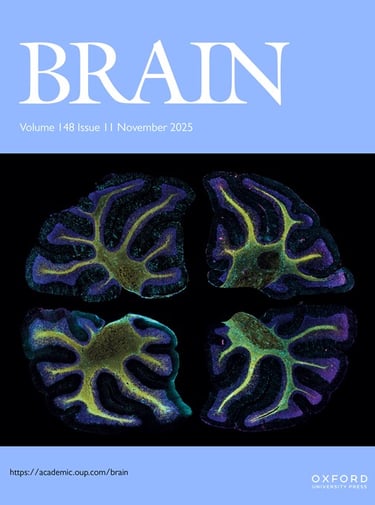Science Behind PhantasiAI
Our approach is inspired by peer-reviewed research in neuroplasticity and motor learning.
Explore some of the scientific foundations behind our technology:
Enhancing visual motion discrimination by desynchronizing bifocal oscillatory activity — NeuroImage (2021)
Roberto F. Salamanca-Giron, Estelle Raffin, Sarah B. Zandvliet, Martin Seeber, Christoph M. Michel, Paul Sauseng, Krystel R. Huxlin, Friedhelm C. Hummel
https://www.sciencedirect.com/science/article/pii/S1053811921005759


Impact of spindle-inspired transcranial alternating current stimulation during a nap on sleep-dependent motor memory consolidation in healthy older adults — Sleep Advances (2024)
Maëva Moyne, Manon Durand-Ruel, Chang-Hyun Park, Roberto Salamanca-Giron, Virgine Sterpenich, Sophie Schwartz, Friedhelm C Hummel, Takuya Morishita
https://academic.oup.com/sleepadvances/article/6/2/zpaf022/8093620


Sequence action representations contextualize during early skill learning - eLife (2025)
Debadatta Dash, Fumiaki Iwane, William Hayward, Roberto F Salamanca-Giron, Marlene Bönstrup, Ethan R Buch, Leonardo G Cohen


Boosting hemianopia recovery: the power of interareal cross-frequency brain stimulation - Brain (2025)
Estelle Raffin, Michele Bevilacqua, Fabienne Windel,Pauline Menoud, Roberto F. Salamanca-Giron, Sarah Feroldi, Sarah B. Zandvliet, Nicola Ramdass, Laurijn Draaisma, Patrik Vuilleumier, Adrian G. Guggisberg, Christophe Bonvin, Lisa Fleury, Krystel R. Huxlin, Elena Beanato and Friedhelm C. Hummel
https://academic.oup.com/brain/advance-article/doi/10.1093/brain/awaf252/8322719


Empowering every person to reach their full potential through AI-driven rehabilitation.
© 2025. PhantasiAI. All rights reserved.
Quick Links
Legal
